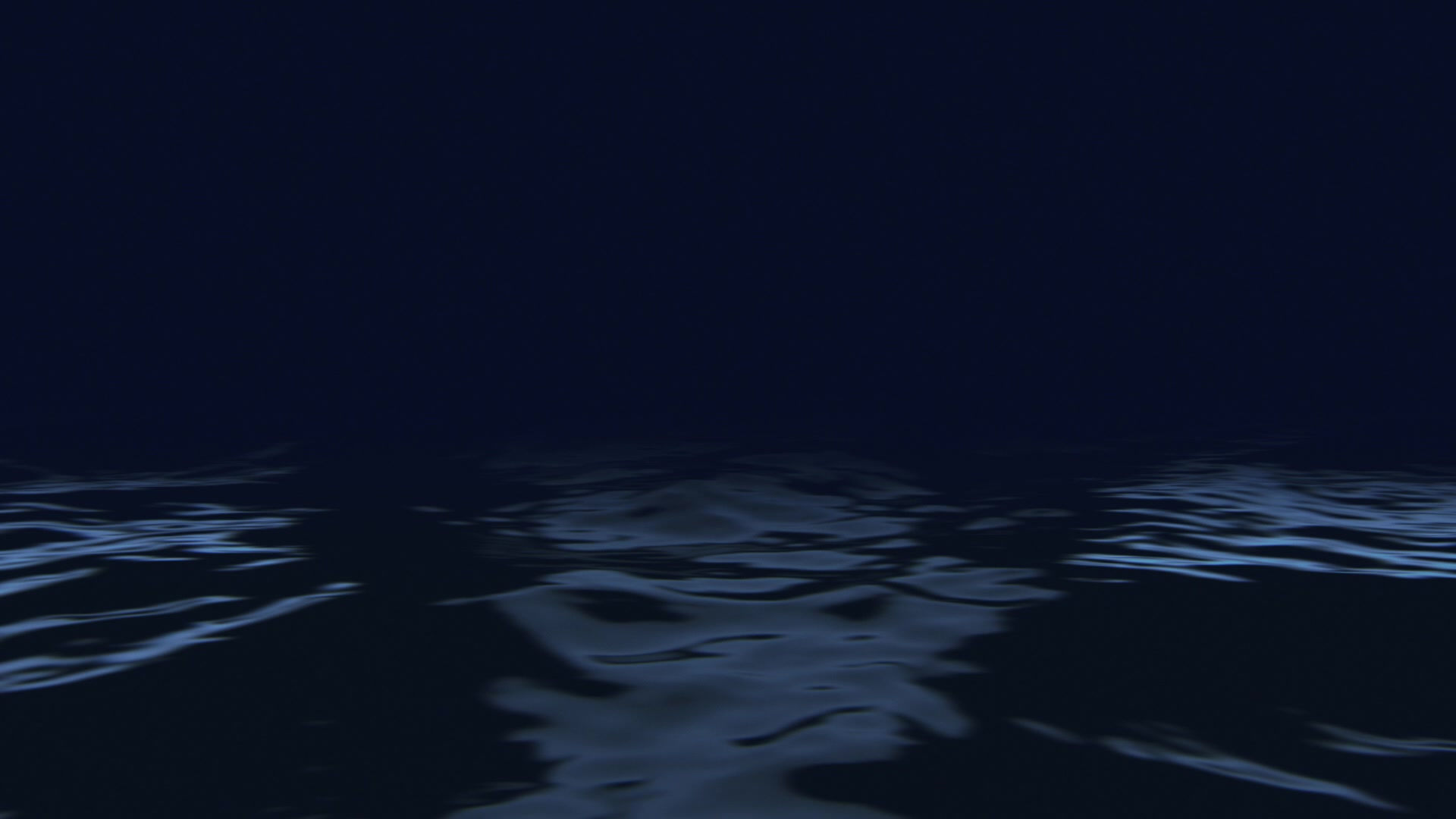

OLD SHIPS COMPANY

CAMBRIA
Last by Sail
Documentary - Maritime History
Presented By: Chris Wisbey
Duration: 56 mins
SYNOPSIS
It was just another ordinary days’ work…
On the morning of the 22nd of October 1970 the British sailing barge Cambria eased into dock and into history, this was the very last cargo to be carried on a barge by just the power of wind and tide alone. Cambria was part of a once huge fleet of beautifully adapted working boats that numbered in the thousands, now only a handful are left afloat. This is a story of the end of a simple and hard way of life, of the power of wind and tide and the power of people.
The story of the saving of Cambria is still being written, the question is… how does this story live on?
LOCATIONS
THE TRADING COAST
The working world of a large coasting barge like Cambria was surprisingly small. Covering a rough 400 kms arc from the Thames, stretching along the English Channel, south west to the coast of Cornwall and north up to the River Humber and across to the Continental ports of France, Belgium and the Netherlands.


BLACKWATER
Along the Essex coast opening out into the broad southern reaches of the North Sea - the River Blackwater is a complex series of shallow tidal waterways and salt marshes and haven ports. These waters are central to the development of the sailing barge and the classic trading coast of England’s south east.
MALDON
One of the oldest towns in Essex, Maldon is now one of the last strongholds of the iconic Thames Sailing Barge. Here is where the traditions of the classic trading barges is being kept alive.


HARWICH
Harwich on the River Orwell in Suffolk is a ‘haven port’ for the North Sea, coastal sailing vessels could set out from here to many ports across the channel or turn south around the corner and up the Thames to the huge docklands of London.
PIN MILL
Safely tucked-in up the River Orwell in Suffolk is Pin Mill. It became an important centre for layovers and repairs on the aging barge fleet. It didn’t hurt that smack on the water’s edge sat a lovely 17th century pub - the famed Butt & Oyster.


TOLLESBURY
In Essex, perched on the edge
of a crazy mosaic of salt marsh
sits Tollesbury. It’s been a home harbour of skilled boat repair
and traditional maritime craft
for generations.
THE ROPE WALK
CHATHAM DOCKS
The incredible Victorian era machines operating at the Chatham Naval Dockyards ‘Rope Walk’ are helping keep alive vital heritage skills. This building is a ¼ of a mile long, they’ve been making rope here for the past 400 years.


FAVERSHAM
Faversham Creek, just south of the great Thames Estuary, has been a traditional sailing barge mooring. From 2007 Faversham’s Standard Quay was the site of the 4 year rebuild of Cambria. It has once more become home to small collections of traditional sailing barges.
THAMES SAILING BARGE MATCH RACE
Beginning in 1863, the Thames Sailing Barge Match Race is the second oldest sailing race in the world, only bested by the famed America’s Cup. The race covers around 43 Nautical miles, taking, depending on the winds, around 8 hours to complete. There are separate classes based on vessel size and sail plan, a big sea going barge, like Cambria, races against the largest vessels – this is the Coasting Class.


INTERVIEWS

Robert is Chair of the Cambria Trust and a much published author and maritime historian. 'When you look at the Cambria you're seeing at least a century of trial and error that went into the design of this barge.'

Former First Mate on Cambria Phil was a first mate on Cambria in her trading days. he was a crewman when she sailed her last long open sea voyages. 'I heard they're going to put Cambria back to sea again.' I said, 'bloody idiots, they'll have to rebuild her' - and sure enough they did!

Sprite lives on the Ironsides with the Lester family.

Robert is Chair of the Cambria Trust and a much published author and maritime historian. 'When you look at the Cambria you're seeing at least a century of trial and error that went into the design of this barge.'



